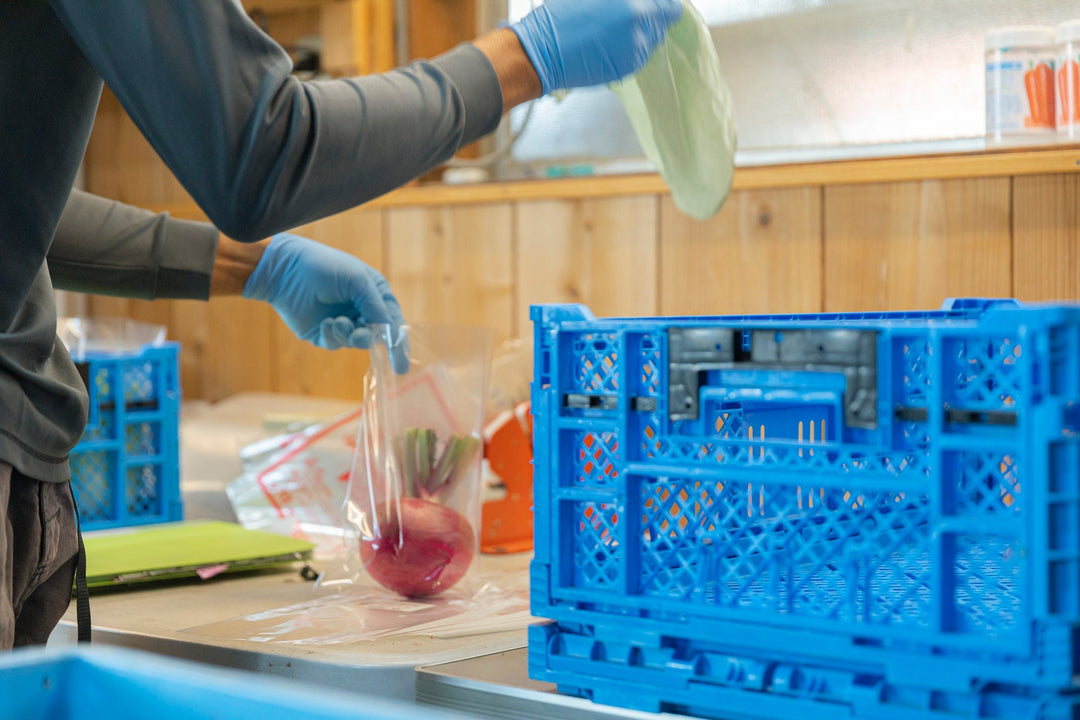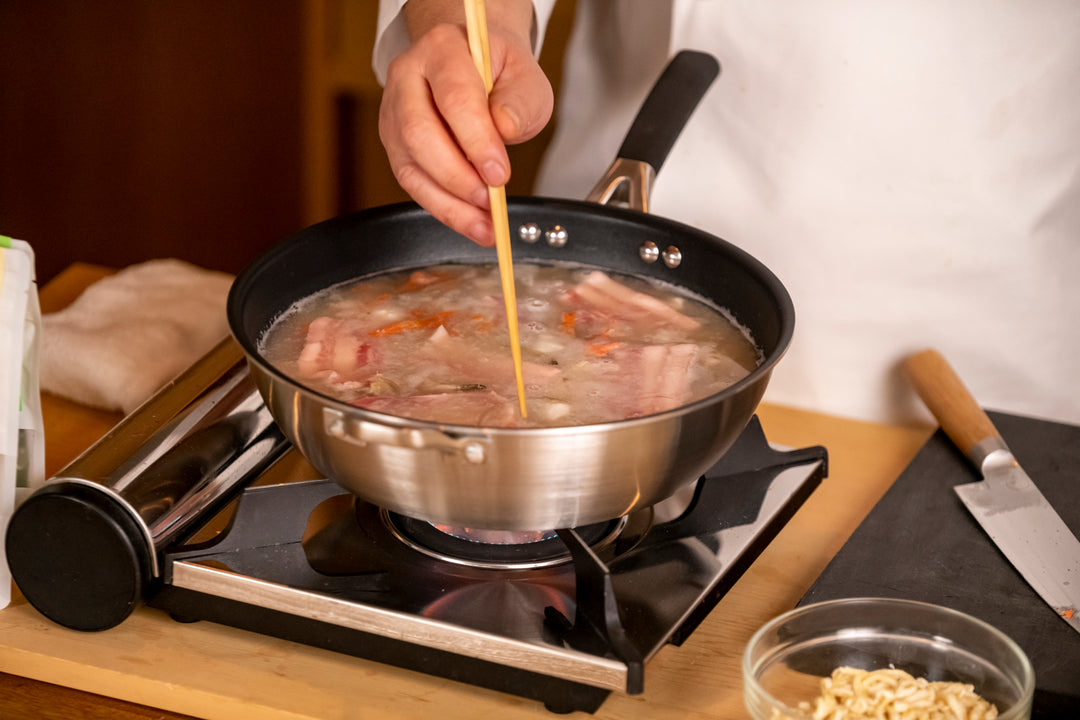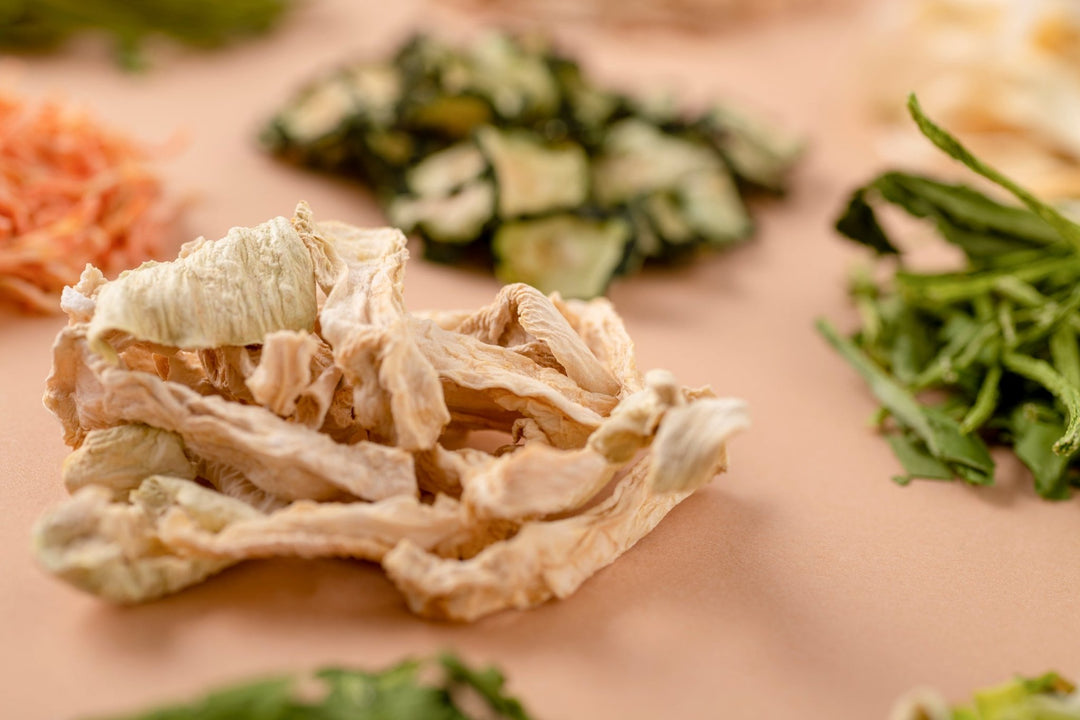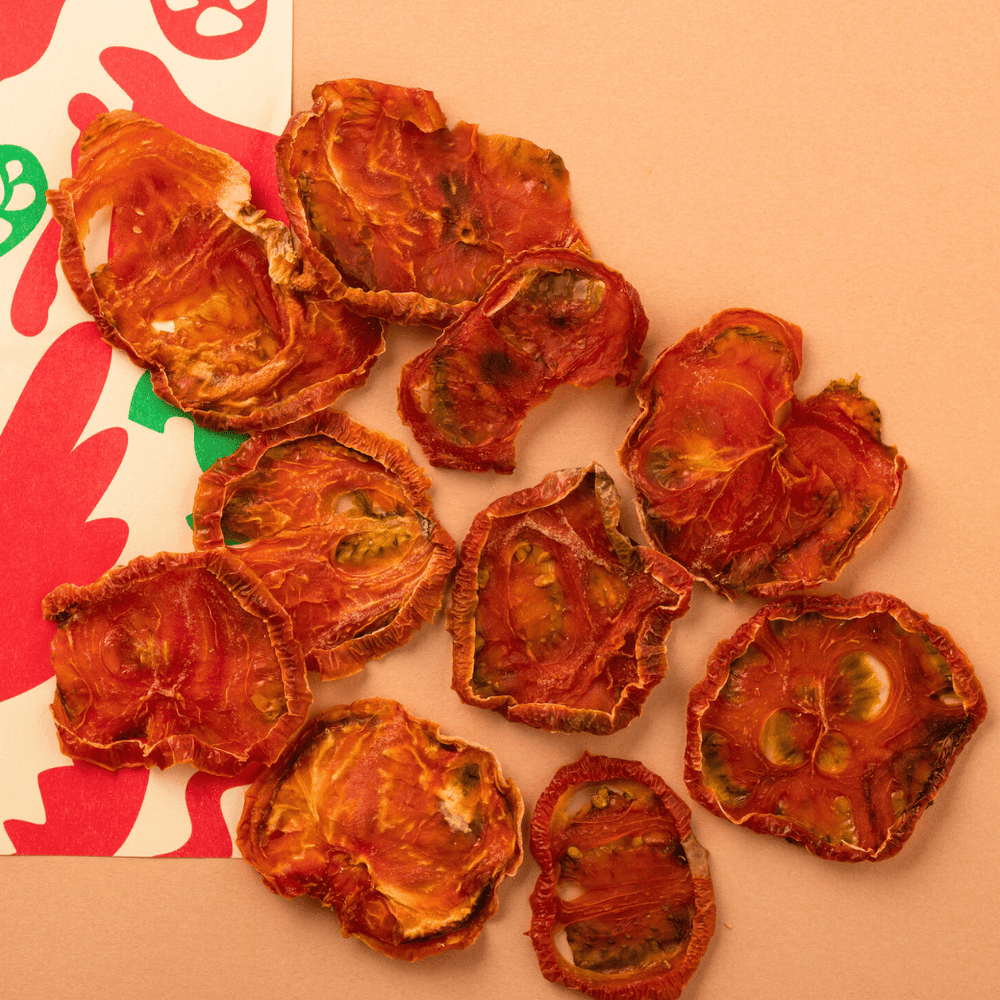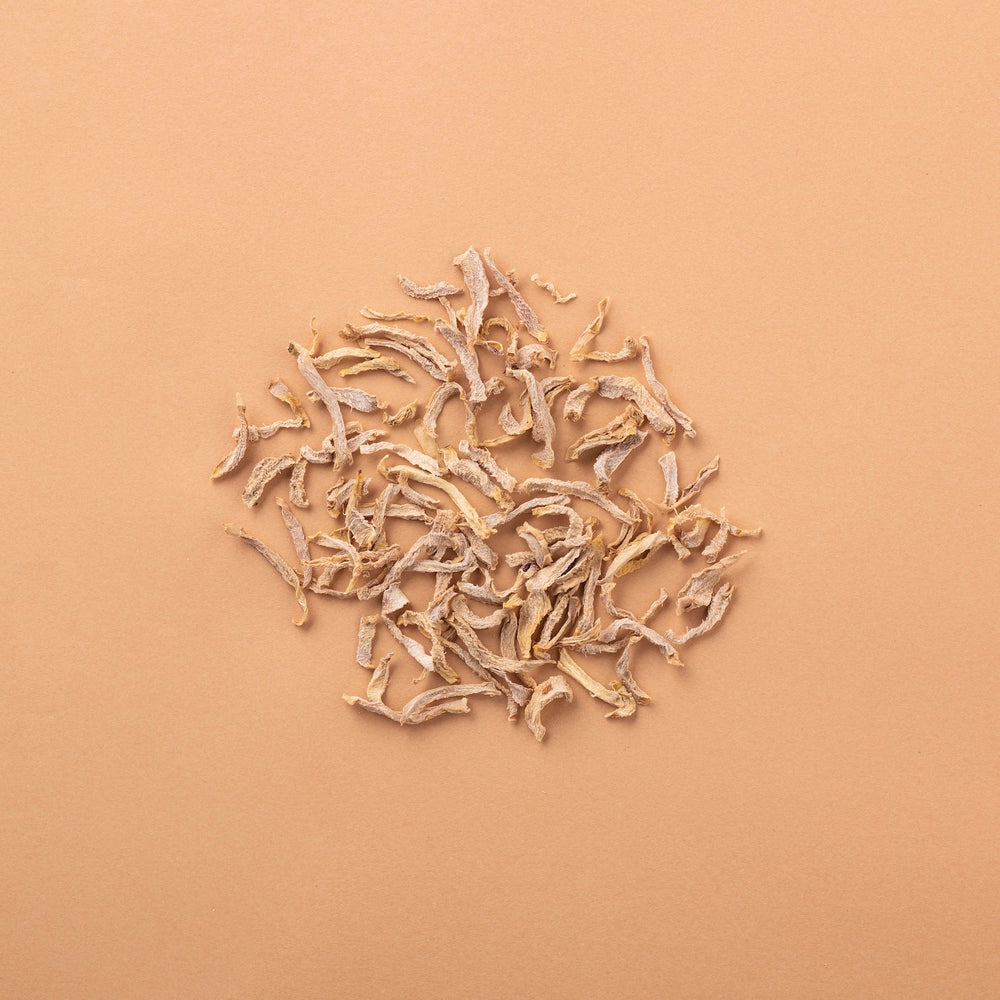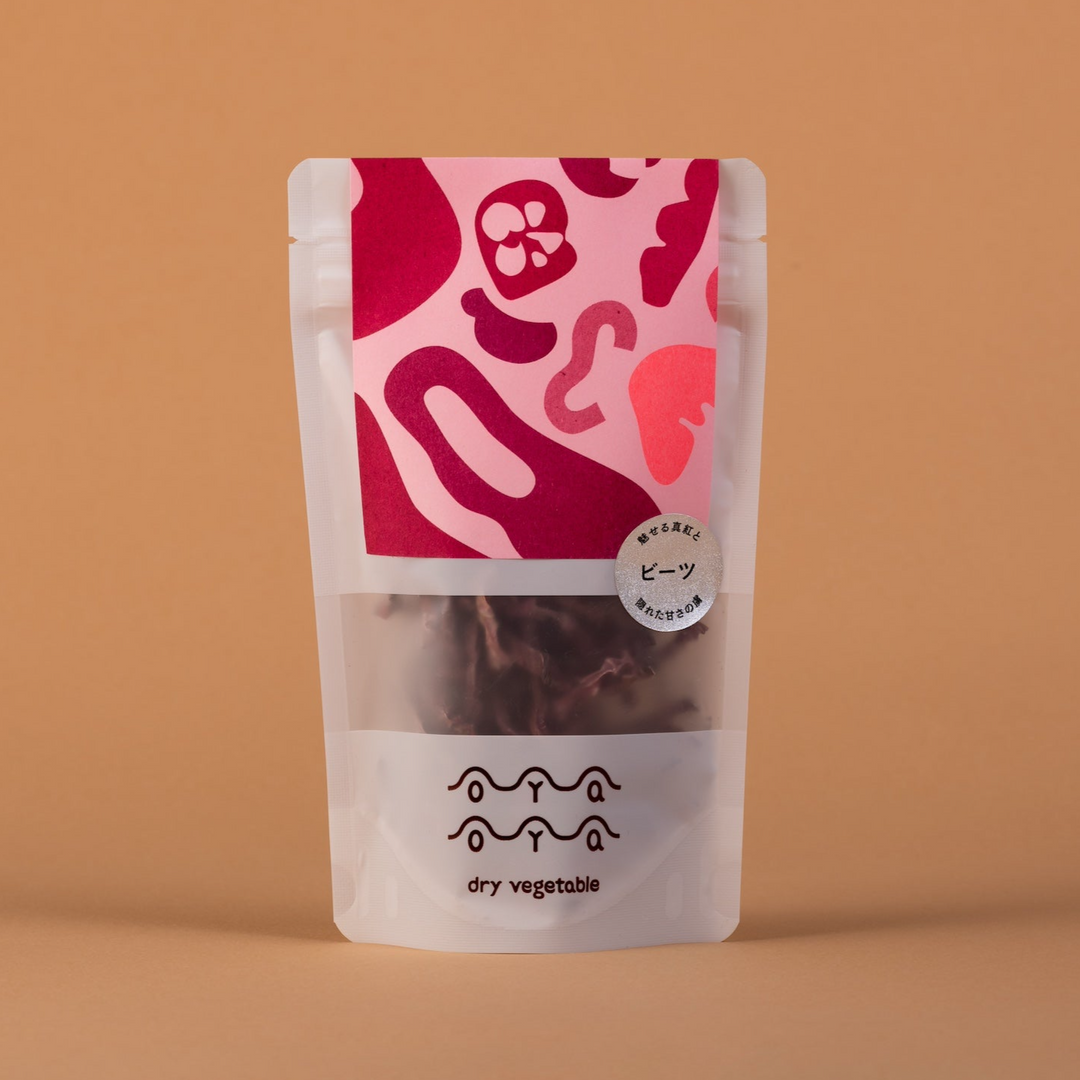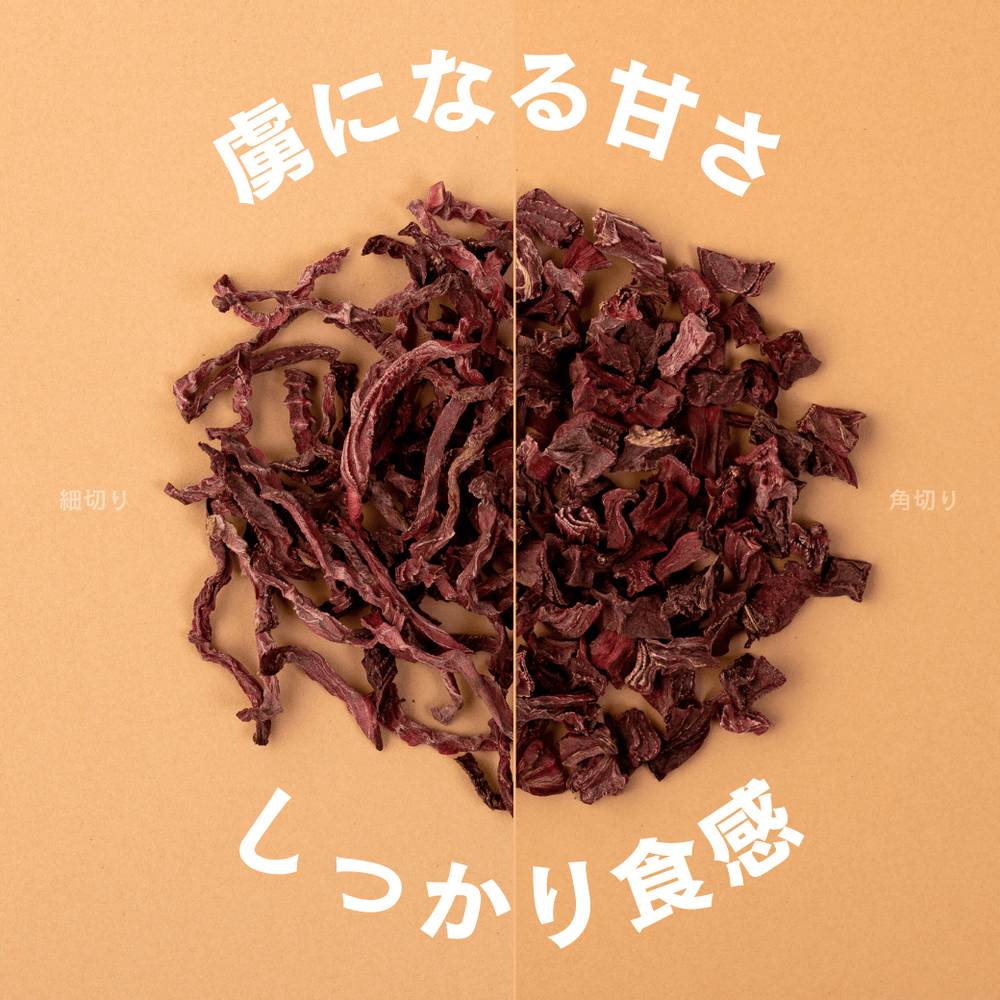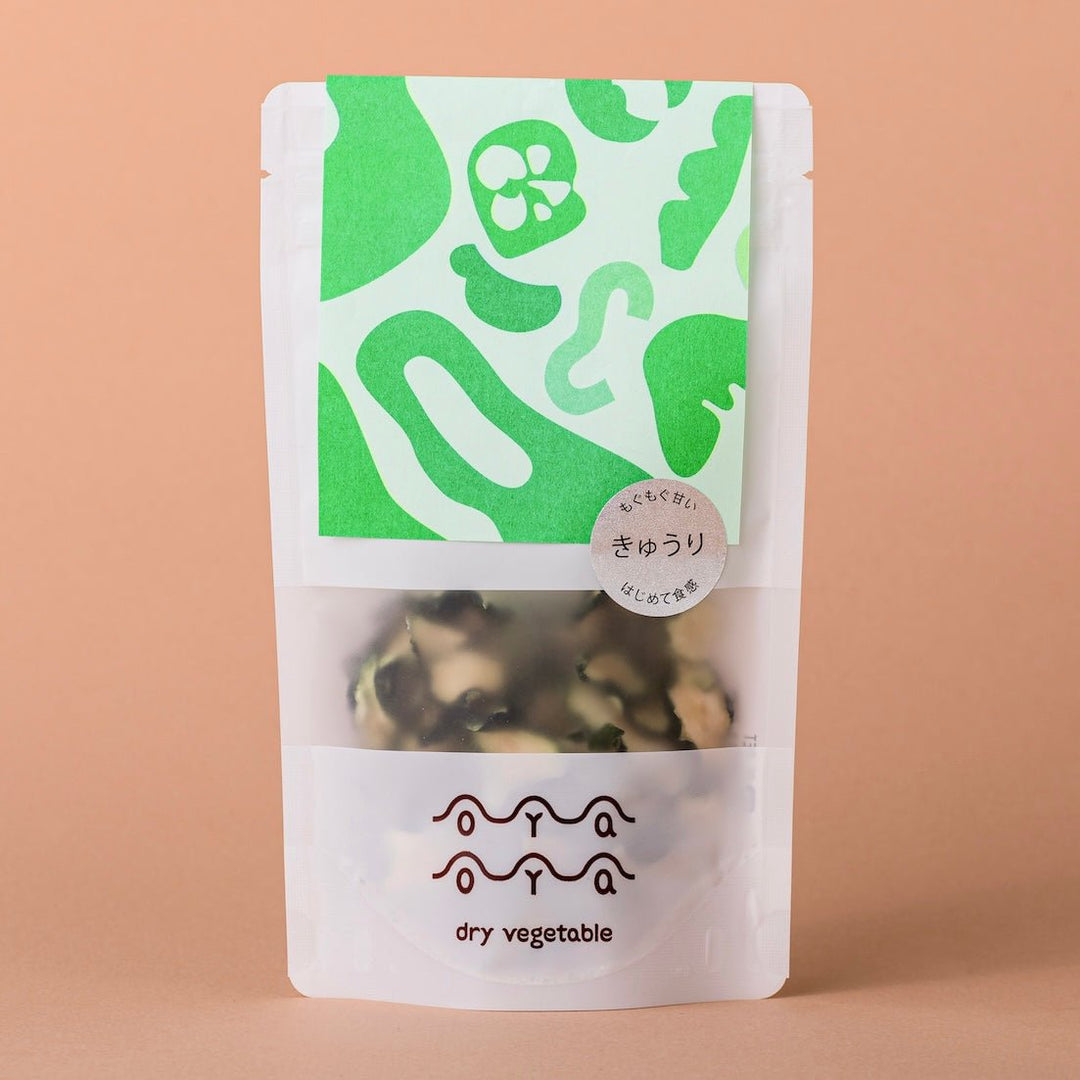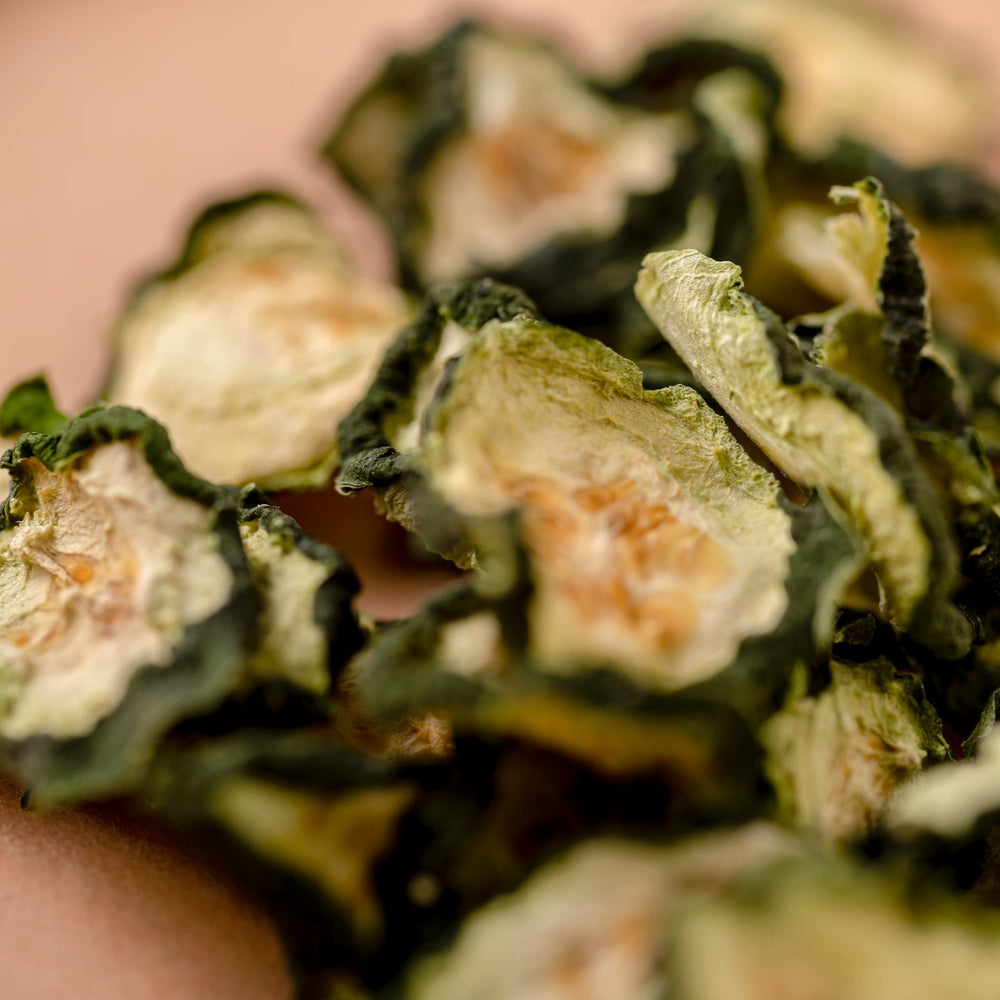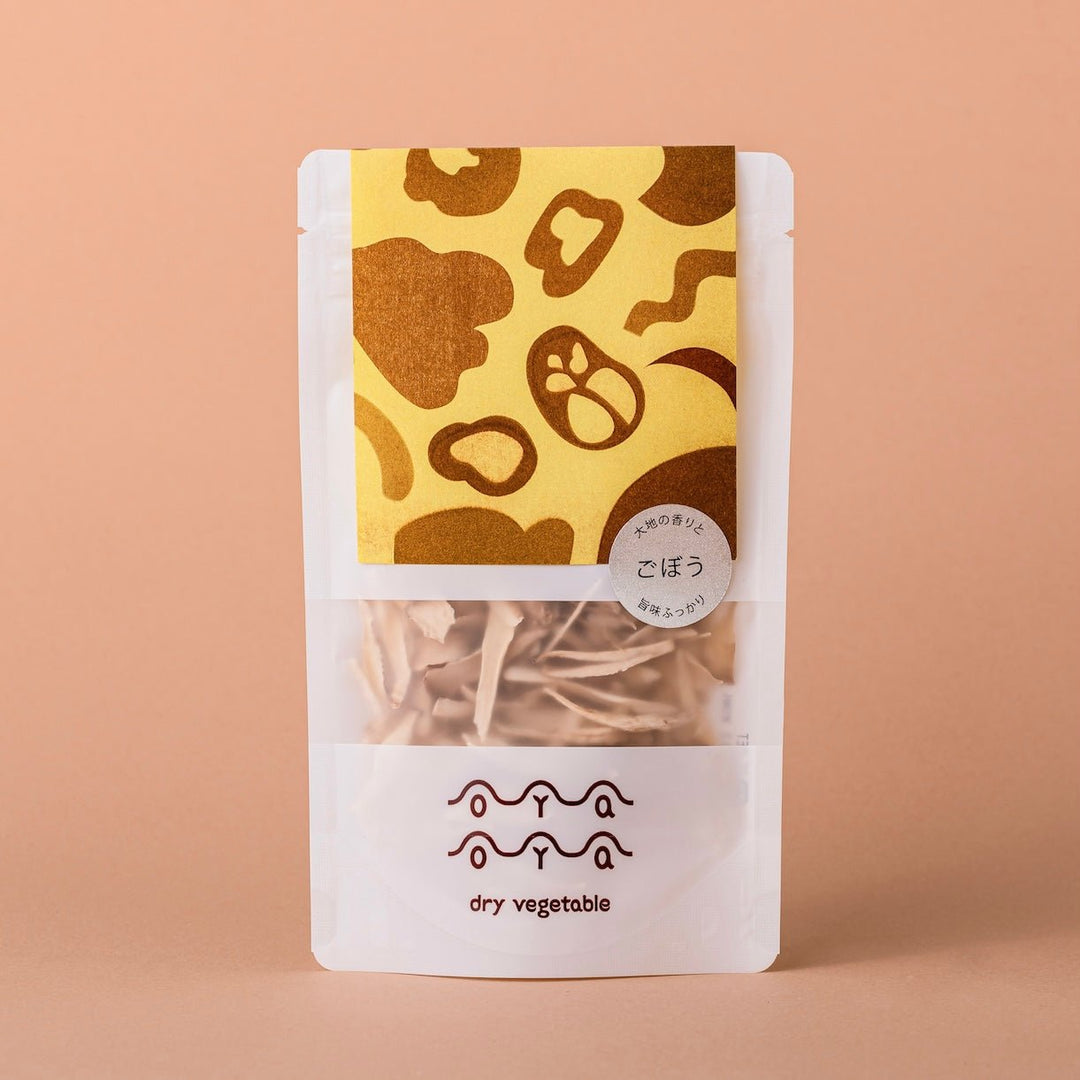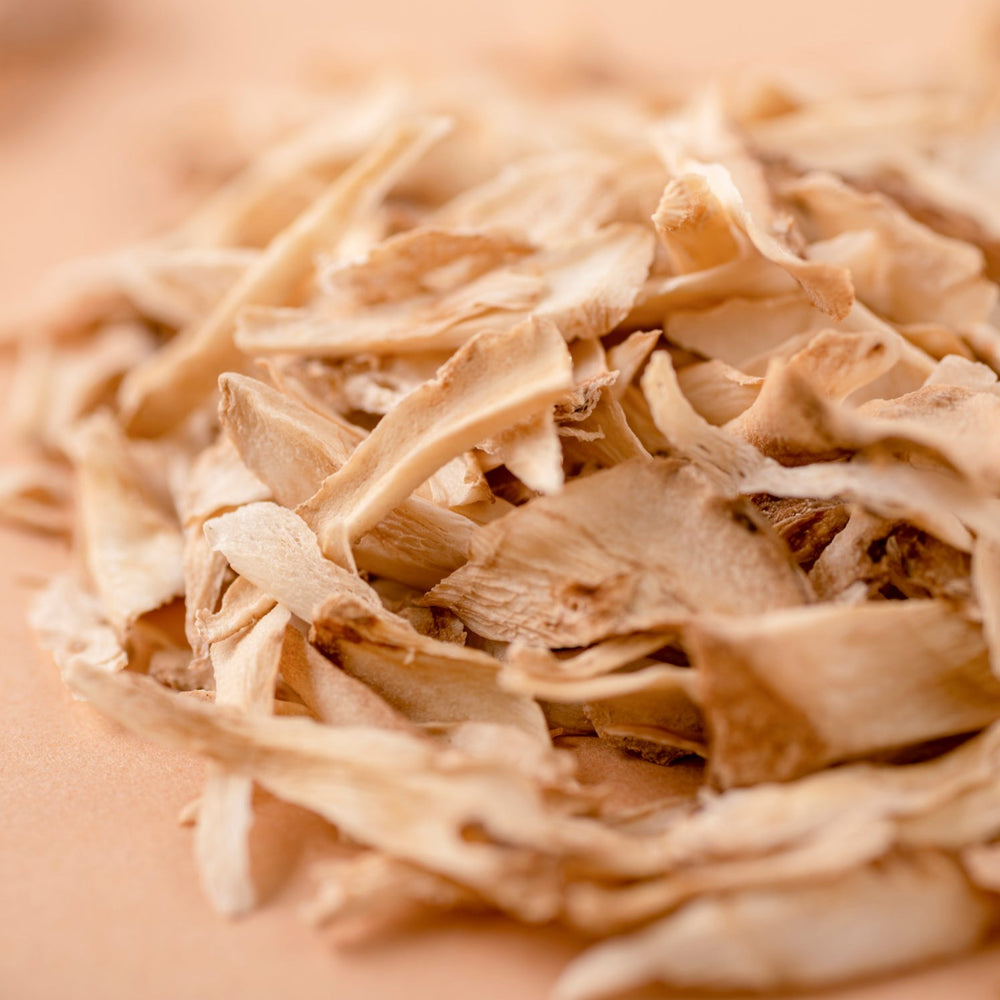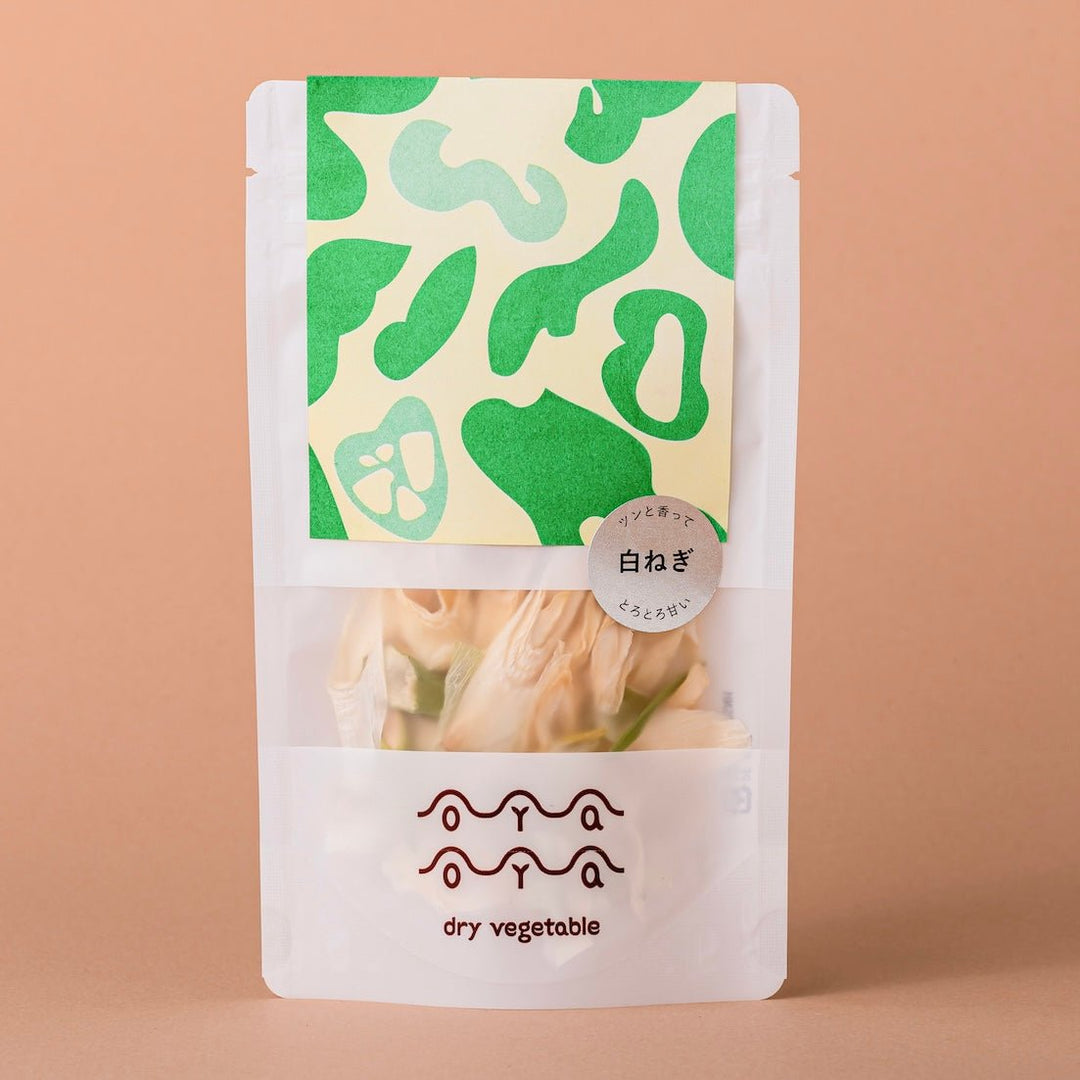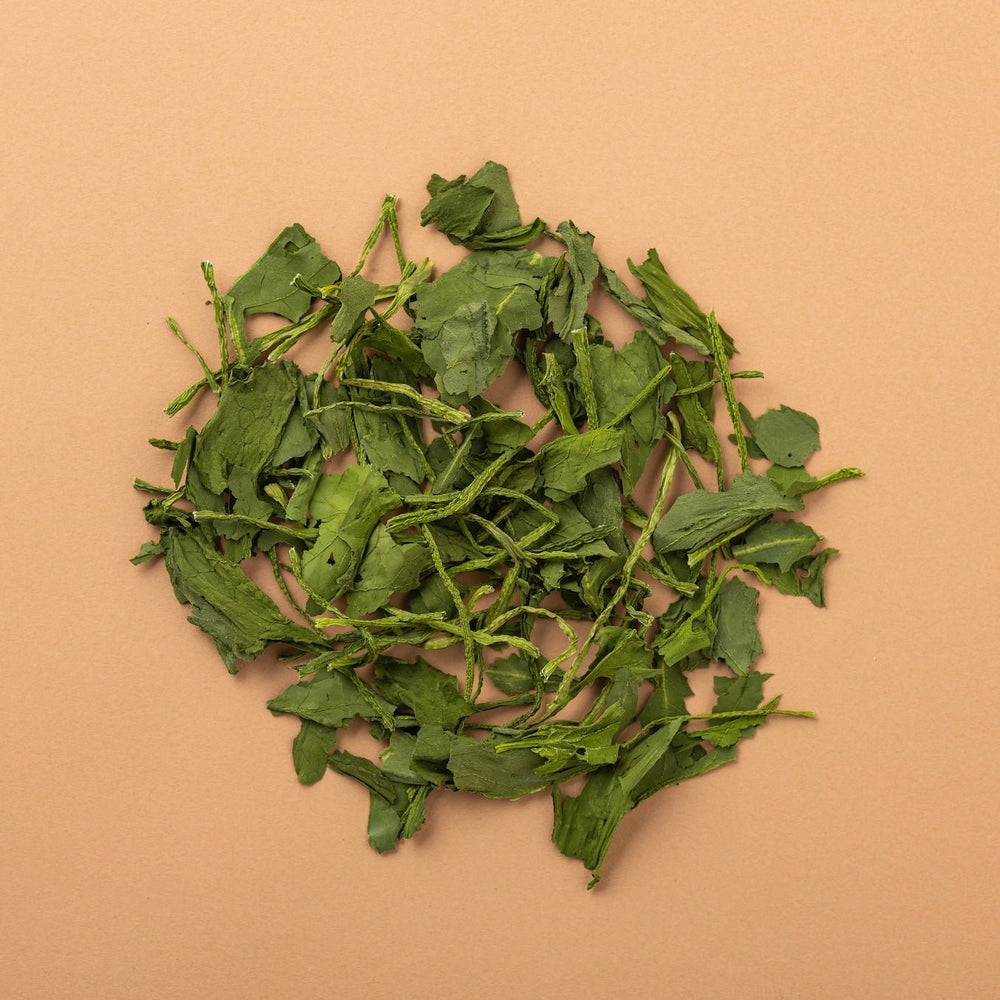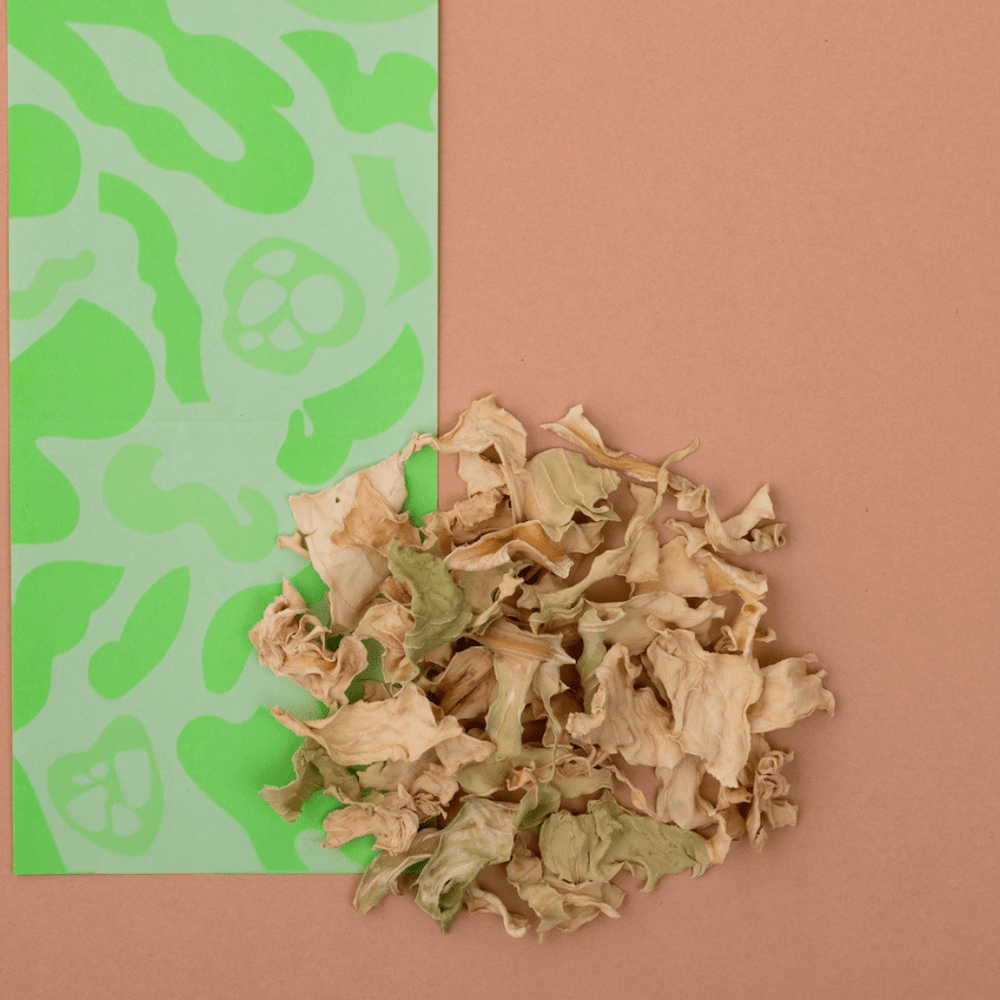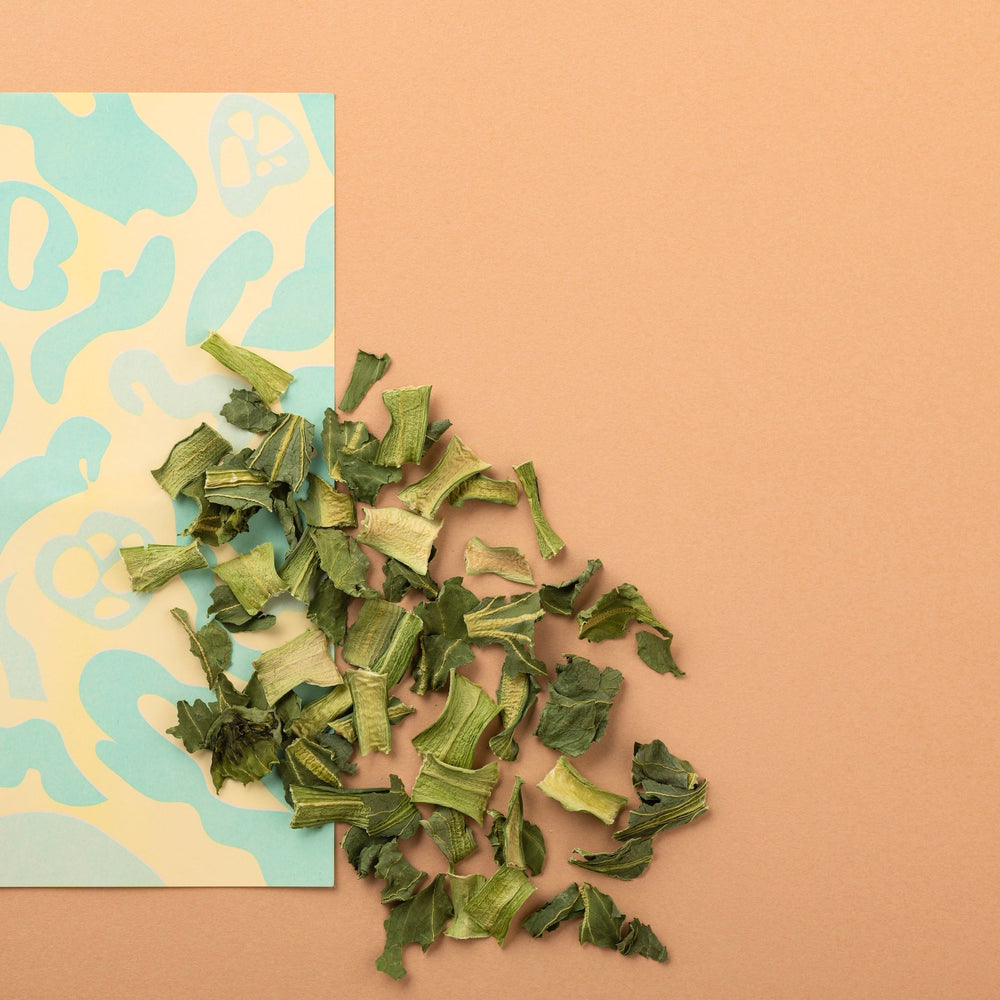Featured in the Annual Japanese Package Design 2023
The packaging for dried vegetable brand OYAOYA was selected in the VI/BI category of the Japan Package Design Awards and was featured in the "Japanese Package Design Yearbook 2023."
Yearbook: Japanese Package Design 2023

Vegetables are unhappy
OYAOYA won the VI/BI category of the 2023 Japan Package Design Awards. At that time, we received the following comment from judge Masanobu Nishimura. (Quoted below)
"Vegetables are unfortunate because they do not benefit from package design on store shelves. In contrast, products in boxes, bags, cans, and bottles are purchased without hesitation, in order from the front. But vegetables are different. Their color, shape, blemishes, and even weight are all compared by the "smart consumer". OYAOYA made me think about what "package design" is in the first place." (Masanobu Nishimura)

"The cucumber, who cares for his family, has become bent because he shared with his siblings the water and nutrients necessary for his own growth. The radish, who is a sleepyhead, sleeps in his soft, earthy bed until his fruit splits open.
These non-standard vegetables, which are not on display at supermarkets or department stores and are not seen in everyday life on the streets, have stories that no one knows about. If we were to compare them to people, they would have various reasons, such as family structure, home environment, or the personality of the child, and therefore did not meet the standards due to their appearance.
This is a sentence from an article written at the time of the founding of OYAOYA about non-standard vegetables. Vegetables, like humans, have a life of their own: they grow, are harvested, and are shipped. Vegetables that do not meet the standards are often destined to go to places out of the spotlight.
However, this comment made me think that there is a side story that even vegetables that meet good standards and are shipped normally end up not receiving the spotlight at supermarkets, retail stores, or other sales outlets, and end up ending their lives there. Recently, attention has been focused on food waste in fields, but supermarkets also produce discarded vegetables. However, most of these vegetables are lined up on store shelves and have grown old, so they have nowhere to go and are faced with the reality of being discarded.

Among the farmers that OYAOYA has partnered with are some premium vegetables that are extremely sweet and have been the talk of the media, such as Kyotanba radishes [Kyoto Komari ] and Kumihama [ Yarisugi Tomatoes ]. These are vegetables with very strong personalities, but this is what makes them so popular and attracts customers, so they follow a shipping route without following a set track.
Based on the comments made, things that can be visualized, like educational background or occupation in humans, are package design, while farmers' raising policies are things like home environment.
I think that vegetables and humans are similar. How can we increase the value of vegetables? I would like to think about whether this is really important for vegetables and farmers through OYAOYA.



